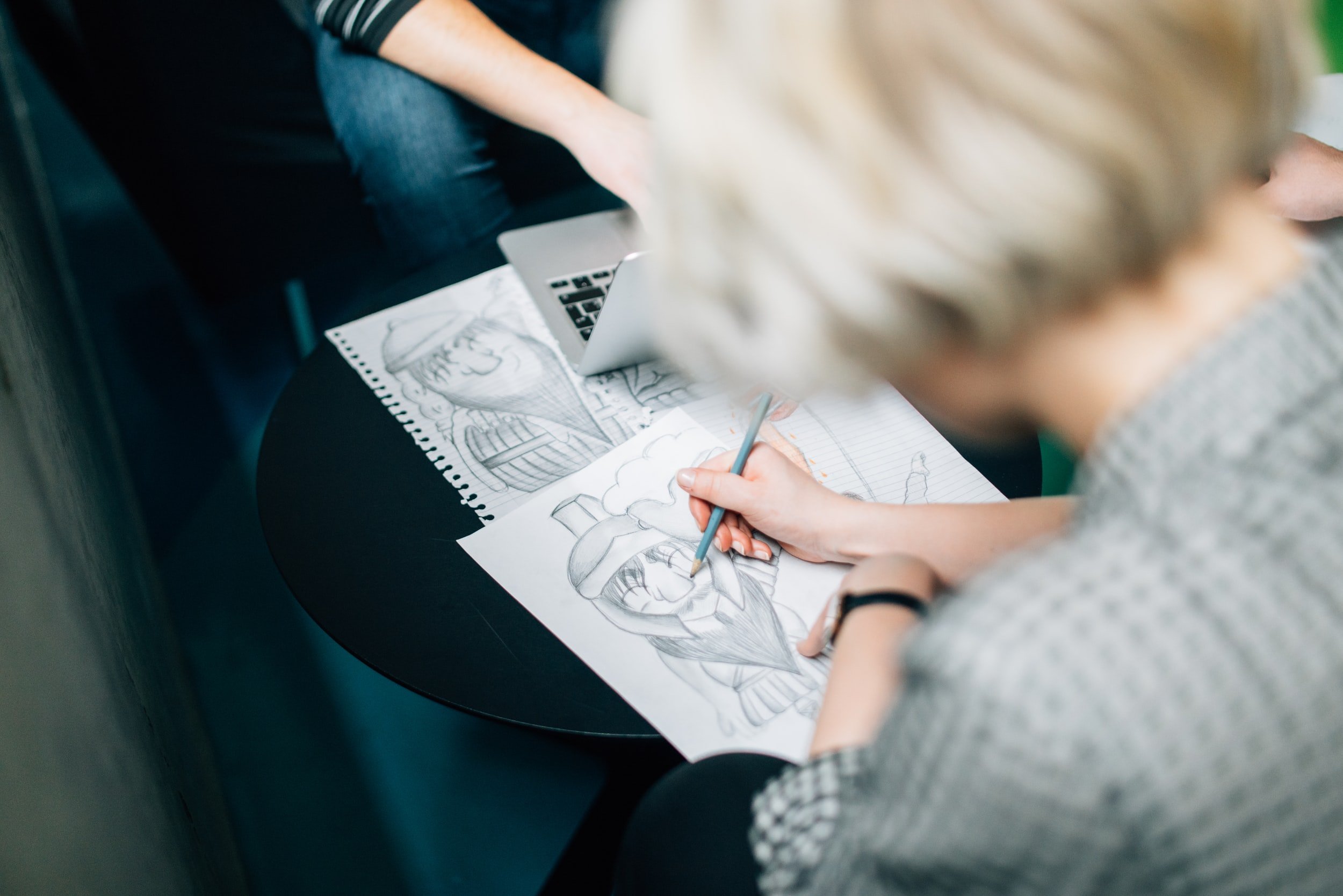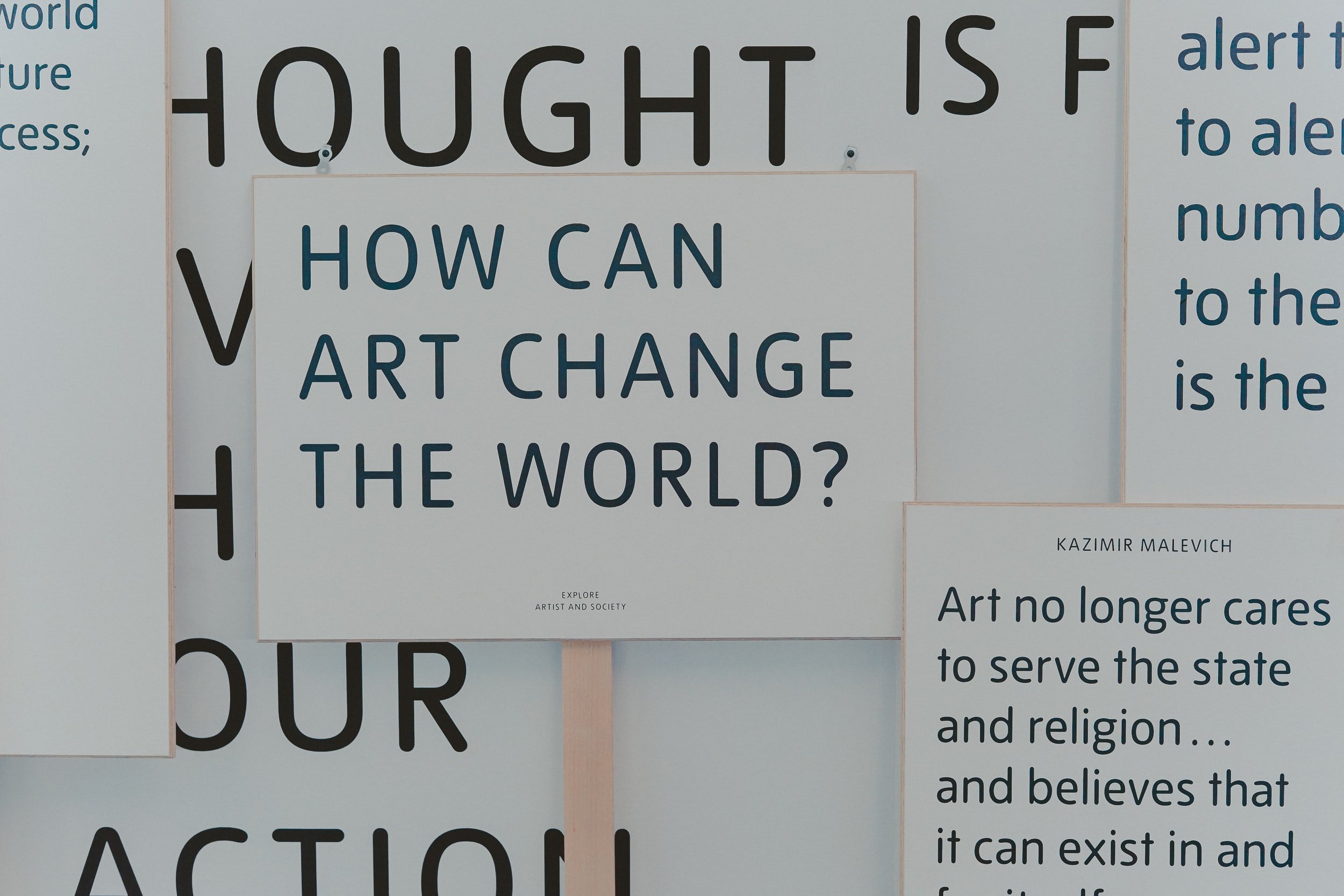What your imposter syndrome is really telling you…
We’ve all been there, that time when you had to take a leap and try to do something new. But, because you care about it so much, your brain won’t let you just do it. You have to over-analyze and think about all the ways you aren’t going to get it just right. Then that over-analysis turns into a panic because you start to think maybe it shouldn’t be this hard, and if it is this hard, then maybe that means you’re not good enough. That’s imposter syndrome, and it is the killer of creativity.
IMPOSTER SYNDROME CAN REVEAL YOUR TRUE FEELINGS
I like to consider myself someone who can recognize imposter syndrome thoughts well enough that I don’t act on them, but I’m a human being who knows she doesn’t know everything, nor how to do everything. In fact, I think imposter syndrome(just like a failure) is a necessary step in taking the leap and doing something you really love. A healthy sense of imposter syndrome is not something you can or should “get over." Why? Because it’s actually an indication that you care deeply about doing your best; you want to succeed. But also understanding where it comes from and how to work with it, will help you set it aside when you need to.
We all do. Now, to be clear, there is definitely a difference in the degree to which imposter syndrome can grab ahold of your life. I’m only talking about the natural stages of feeling like you aren’t good enough to tackle something new. And in the case of abstract art, there can be a healthy dose of feeling like you‘ll never measure up, especially in the beginning.
GET OUT OF YOUR HEAD, MAN!
After the initial stages of watching and learning, searching for all the artists that have a “thing” you like but can’t quite nail down, you have to learn to trust what you’ve either learned in school or by teaching yourself.
Most of the art that has an impact, and frankly sells, is an art that has an obvious injection of feeling and emotion. There is connectivity that feels authentic, honest, and confident. There is also an element of freedom. Because imposter syndrome is created by the ego, and the ego’s job is to protect us, it can feel hard to get out of imposter thinking. But, if you let yourself concentrate on creating the work instead of your own image relative to the work, you will create more meaningful art.
Take artist Joan Mitchell's work; not only was she a confident painter, but she was a person confident in her own vision of life, and that came through loud and clear in her work.
Her strokes are confident, deliberate, and organic. Yes, she is quite adept at her understanding of color and value, but the star of her work is her mark-making.
This is what I mean by “putting on the blinders,” you have just to do you, not YOUR version of what someone else is already doing, but YOU. Not a version of what your ego thinks your art should look like(for myriad reasons), but YOU.
That takes time, and along the way, you will most definitely suffer from a bit of imposter syndrome; how could you not, right? So, how do you get over imposter syndrome? Well, you don’t. You learn to embrace it as a natural part of the learning process, and if you’re an artist who wants to continue to progress in your career, learning never stops. That means I.S. will always be there to an extent, but the more you stay in the moment, the more you “blind” yourself to comparison, the less your self-doubt will have to take hold. It’s just like anything else you want to get good at; chipping away at self-doubt takes diligence and practice. But, you have to keep putting yourself out there to make progress.






